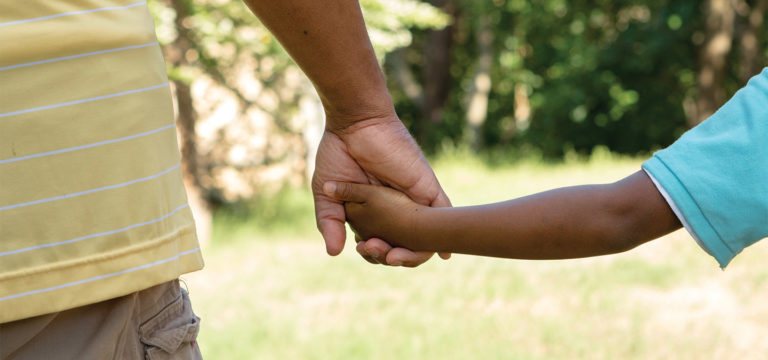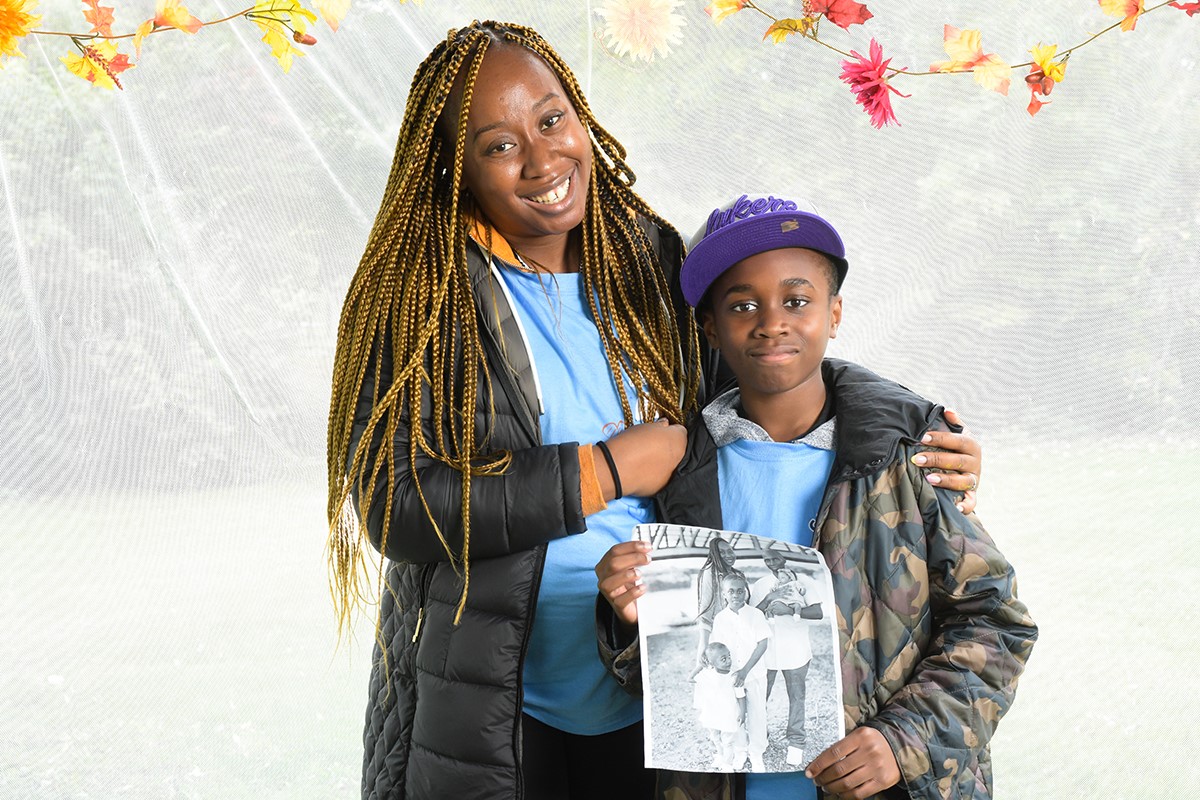
Safety and Grief Resources
Brought to you by Create and Educate, LLC.
Turnaround Principals that believe in Collaboration!
Great resource for Counselors with Grief Groups
Access to Purchase Links Below:
6 Starter Conversations to Begin the Grief Process...
Living a Legacy of Whole & Healthy Kids Having Healthy Grief Conversations to remove the fear & phobia of leaving the house is a great opportunity for you and your students. You can help to equip them to be fearless to live fully and love unconditionally. Join 6-7-2022 at 7 pm ET
Six Conversations Starters to Discuss Grief Registration includes six mini-comic books to read through the summer and open up conversations to heal!
More Resources:
https://www.relationshipservicestation.com/grief-garage
Grief Garage Magazine:
https://issuu.com/griefgarage/docs/grief_garage_magazine_issue_1_3_
A Heavenly Gift
A Heavenly Gift
A Heavenly Gift is a 3 part series that includes my truth, pain, and guilt after losing my sister at a young age, followed by a 30-day devotional to help grievers push through their grief journey one day at a time; and a journal that allows the reader to dig deep into self to express his or her pain while loving self through grief.
In your grief, do not put a time to healing, rather take each day as a new day to be one step closer to finding peace after loss.
You may be at peace with the loss of a loved one, but it doesn't mean you will stop grieving him or her.
Your journey is personal, so do it your way, your way, but healthy because healthy healing is healing for the heart.
When you grieve to heal, you heal not only for yourself but for those around you.
It's time we as a community normalize grief, especially in children because they grieve too.
Purchase at: http://www.jeelinelhilaire.com/
Write Grants to Receive Safety and Grief Resources
Visit the website below to purchase grant writing resources that produce results and funding.
Free Professional Development
Facebook: https://www.facebook.com/createandeducatesolutions
Twitter: https://twitter.com/shekahouston
LinkedIn: https://www.linkedin.com/feed/?trk=404_page
Tube: https://www.youtube.com/channel/UCZUY0N4v7Iyl46OTP5ATOrQ
The Collaborative
Email: info@CreateandEducate.Solutions
Website: www.CreateandEducate.Solutions
Location: 972 Darby Road, Chester, SC, USA
Phone: 803-417-5762 -- 803 374-4369
Facebook: https://www.facebook.com/createandeducatesolutions
Twitter: @shue2016
Free Book For Staff Summer Reading
Featured Authors
Access featured authors using the link below. More summer reading and math resources, grief resources, SEL resources, Financial Literacy Resources, and Professional Development Information.
Safe Rooms are a great way to keep staff and students safe!
Tune in to The R.E.A.L.L Academy
Talking to Kids About Tragedies
CHILD GRIEF STAGES – THEY’RE NOT THE 5 YOU THINK
CHILD GRIEF STAGES: WHAT GRIEF LOOKS LIKE IN CHILDREN
When a child suffers the loss of a loved one, often their grieving goes unnoticed. Many people are only familiar with the “five stages of grief;” however, grief is not a linear experience, especially in children. Children display emotions differently than adults. Grief for kids is both emotional, intellectual, social, and physical. A child’s level of understanding, reactive behaviors, and needs will all vary depending on their age.
The problem with child grief stages, like Elisabeth Kubler-Ross’ 5 Stages (now debunked), is that they are about death and dying. David Kessler’s 6 Stages also assume that a linear path can be followed. But grief is cyclical, organic, and depends on many variables. In other words, grief cannot be contained to some tidy stages.
To truly help a child suffering a loss, first understand what grief looks like in children.
DIFFERENT LEVELS OF UNDERSTANDING
Some adults wrongfully assume that young children do not comprehend death. While some young children may not understand the permanence of death, their level of understanding grows as they age. For example, children five and younger may not clearly remember the person who has died, fully understand death, ideas about an afterlife, or temporary versus permanent absence. However, they will still experience grief, have needs, and express grief through their behaviors.
Children begin to understand that death is permanent between ages six and nine and can develop fear, guilt, and blame. At ages 10-12, practical questions may be asked about death and how it will affect their family. From ages 13-18, children have a complete understanding of death and can begin to worry about themselves. They can also question religion, philosophical beliefs, and even doctors.
REACTIVE BEHAVIORS
As all children are affected by death, it can alter their behavior. Often, negative words and actions are misdirected, which is how child grief can go unnoticed. At any age, aggression can occur. However, as children get older, acting out becomes common while grieving, whether in school, at home, or with friends. It’s crucial to identify out of character behavior, address why it is happening, and present alternative methods to cope. Grief behavior is not limited to “bad” or discouraged behavior. Grief behavior includes being the “golden child,” too.
THE NEEDS OF A GRIEVING CHILD
As a child’s caregiver, or supportive adult relationship, it’s vital to encourage healthy coping methods. For children of any age, the following are always beneficial:
- Honesty while answering questions about death
- Proactive ways to express feelings (grief programs, art, writing, etc.)
- Reassurance, validation, and listening of feelings
- Continued emotional support and encouragement
WAYS TO HELP A GRIEVING CHILD
While there are no stages of grief for a kid, there are still ways to help a grieving child. To ensure a child never feels alone while grieving, reach out to Good Grief. We offer a community-based peer support model that teaches coping strategies, communication skills, and assistance with mental and physical health.
Find this and other information at:
https://good-grief.org/child-grief-stages-theyre-not-the-5-you-think/













